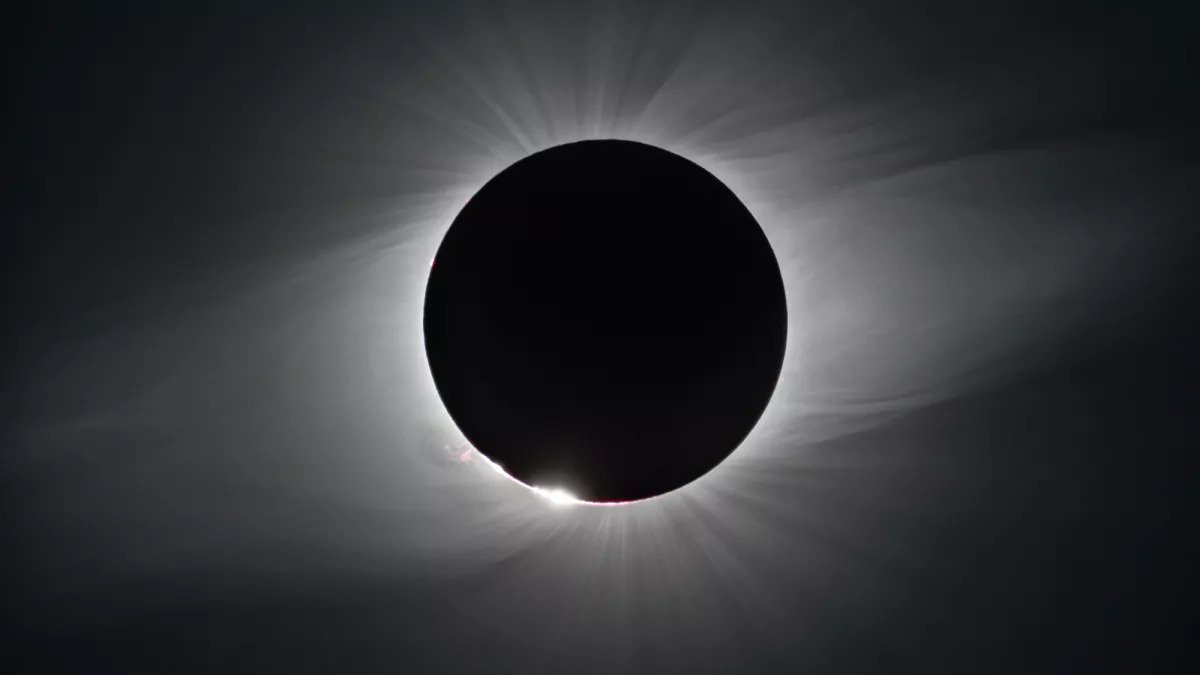Scientists plan to use artificial intelligence to search for phenomena known as nanojets on the surface of the Sun. Observing them will help to understand why the outer layers of the Sun’s atmosphere are so hot.

Why is the sun so hot?
Two scientists from the University of Northumbria in England collaborated with engineers from the Lockheed Martin Solar and Astrophysical Laboratory in order to investigate the excessive heating of the solar corona compared to the surface of our star. For this, they plan to use artificial intelligence in the form of machine learning algorithms.
The temperature of the outer layers of the Sun’s atmosphere reaches a million degrees Celsius, while the surface is heated only to 5730 °C. Scientists have been solving the mystery of this phenomenon for decades. Scientists have been solving the mystery of this phenomenon for decades. There are two main theories about what leads to it.
According to the first one, it’s all about plasma waves that constantly come from the depths of our luminary and slowly dissipate in its atmosphere, transferring heat to it. The second puts the responsibility for this phenomenon on the breaks and reconnection of magnetic fields over sunspots.
Most likely, both of these phenomena take place on the Sun. But which of them dominates and what contribution each of them makes to the heating of the outer layers of the atmosphere is still unclear. And it is this mystery that artificial intelligence will help scientists solve.
Mysterious nanojets
The key to understanding what heats the sun so much is nanojets. Their idea was put forward in the 1980s by the American astrophysicist Eugene Parker, after whom the Parker Solar Probe was named. He suggested that when magnetic fields reconnected above the sunspots, very tiny streams appeared on the scale of the Sun, but numerous and powerful, they transferred a large amount of energy to its outer layers.
These streams are called nanojets. However, for a long time they remained only an assumption, until in 2021 the Interface Region Imaging Spectrograph (IRIS) found them. However, until now, these phenomena have been determined only manually, and scientists are interested in the possibility of their statistical processing in order to find out how much energy they actually carry.
And it was for their search that the artificial neural network was set up. Because if you take away from the total energy of the outer layers that is supplied to them by nanojets, then the rest falls on plasma waves. However, AI will be used not only to search for them.
Another thing that researchers will try to investigate will be coronal rain. This phenomenon occurs when a prominence, a giant plasma cloud rising above the surface of a star, begins to fall on its surface. At this point, it breaks up into individual droplets that look tiny, but actually have a diameter of 250 km.
It is them, along with nanojets, that artificial intelligence will be looking for. Not only the images obtained by IRIS will help it in this, but also data from the Parker Solar Probe, Solar Dynamics Observatory and Solar Orbiter spacecraft, which are exploring the Sun.
According to www.space.com
Follow us on Twitter to get the most interesting space news in time
https://twitter.com/ust_magazine

